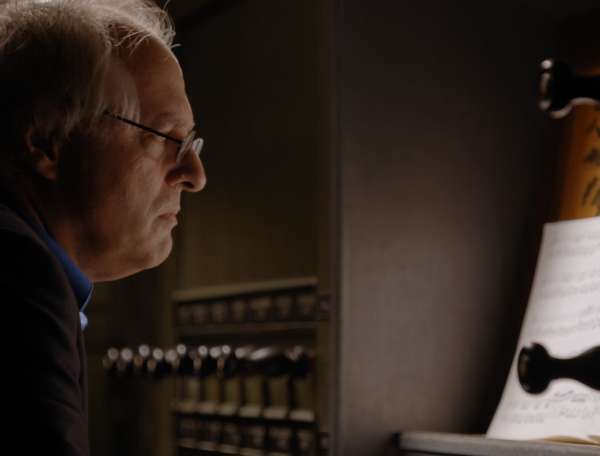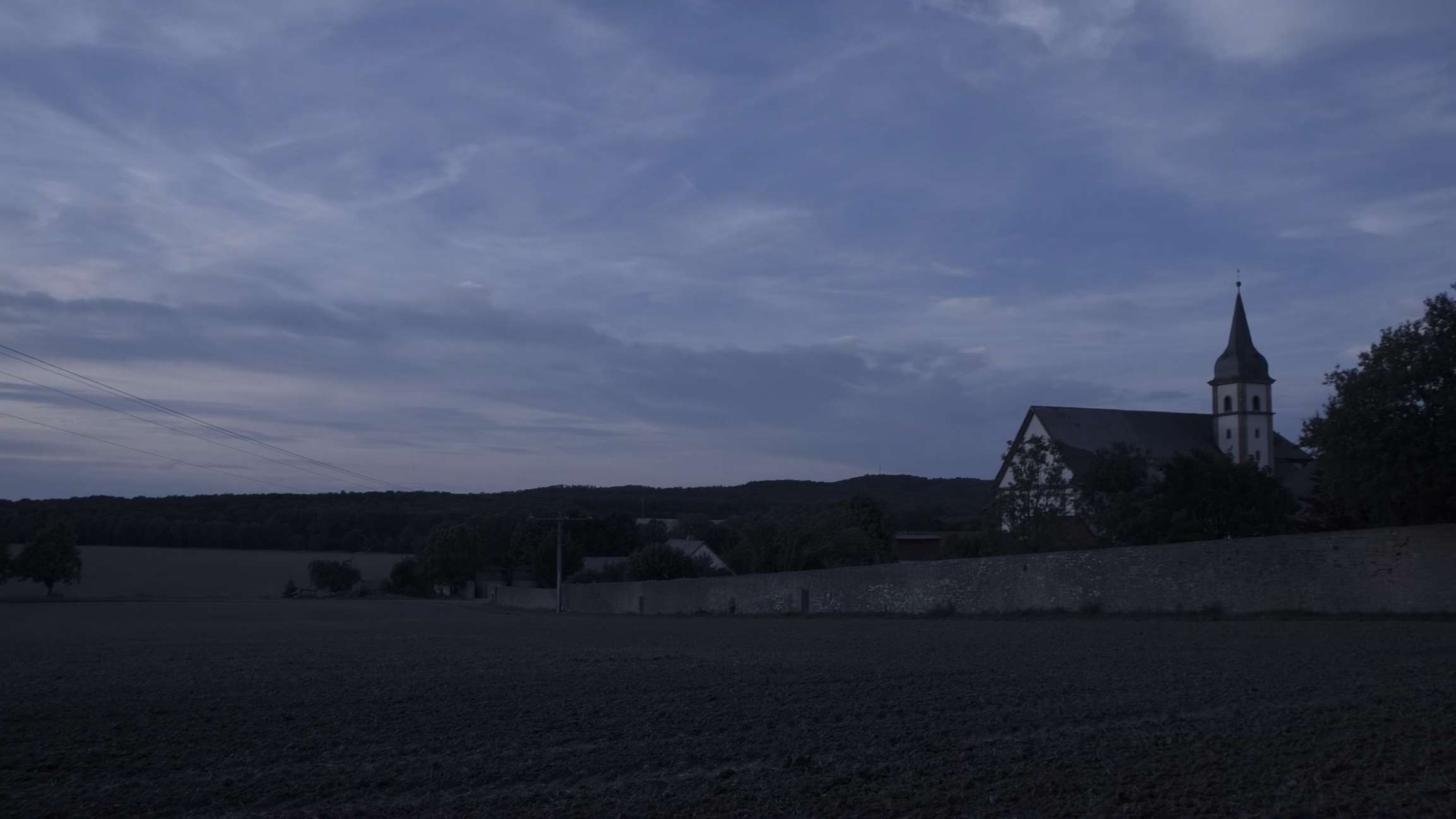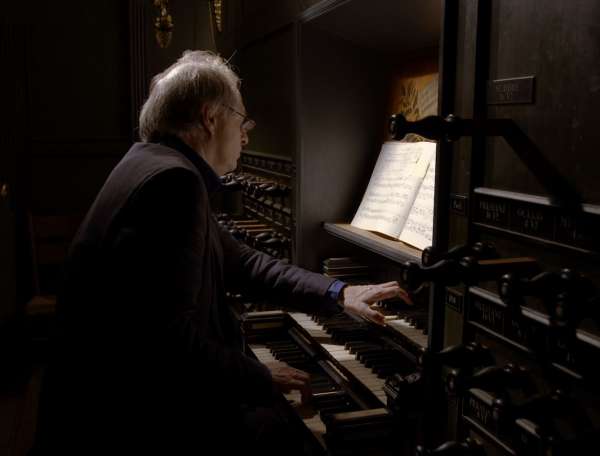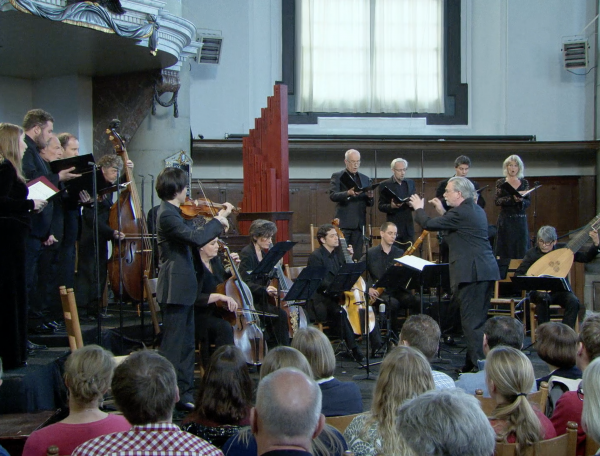

Partite diverse sopra:Christ, der du bist der helle Tag
BWV 766 performed by Theo Jellema
Stiftskirche St. Georg, Goslar-Grauhof
Behind the music
Textbook example
Bach is clearly influenced here by the variations of his teacher Böhm
Of course nobody wants to burn their fingers on speculations about the dating of music that has not even been handed down in Bach’s own writing. But despite the lack of conclusive evidence, the variations Bach wrote on the chorale Christ, der du bist der helle Tag appear easy to place. Most Bach researchers agree that Bach’s variation works for organ either date from his younger years or were created at the end of his career. In the case of this chorale partita, the influence of Böhm can be traced clearly. He wrote many variation works for organ and was Bach’s teacher at the Michaelisschule in Lüneburg. Besides composition techniques often used by Böhm, the piece also shows his influence in its construction.
At the beginning of the eighteenth century, a simple setting of the hymn itself – which in this case has a solemn, warm melody – was followed by a more or less fixed order of arrangements. The first variation was a two-part arrangement, also referred to in the past as a 'bicinium'. The last variation was a gigue, a quick dance that often ended Baroque instrumental suites as well. The intervening variations concerned polyphonic arrangements that varied in character. Here, the melody is in the middle voice in the fourth variation.
Incidentally, after the quick dancy finale, three of the five surviving copies of this work also contain an extra variation. The melody is in the lower part, to be doubled ‘se piace’, or ‘freely’, in the pedal, as if to underline that this is an organ work. However, the reverse could also be true: that the work was originally conceived for harpsichord and intended to be played in the home, where playing variations was very popular at the time. And then the extra variation would have been added later for performance on an organ – so with pedal.
Chorale partitas, BWV 766-770
The chorale partita is a special form of chorale arrangement, as the chorale (or hymn) serves as the starting point for a series of variations. The art of variation was at its peak in the seventeenth century. Usually, a folk song was taken as the starting point for a series of variations that increased in difficulty and speed. The genre was not restricted to keyboard instruments. The blind Dutch recorder and carillon player Jacob van Eyck was also a master in the art, for example. The five compositions by Bach bearing the name of chorale partita do not come from a single source, nor are they dated, but it is supposed that they originated in his teens and may have been revised later on.
- BWV
- 766
- Title
- Partite diverse sopra: Christ, der du bist der helle Tag
- Instrument
- organ
- Genre
- organ works
- Year
- before 1710
- City
- Lüneburg?
Extra videos
Vocal texts
Original
Translation
Credits
-
- Release date
- 17 February 2017
-
- Recording date
- 24 August 2015
-
- Location
- Stiftskirche St. Georg, Goslar-Grauhof
-
- Organist
- Theo Jellema
-
- Organ
- Christoph Treutmann, 1731
-
- Director and editor
- Onno van Ameijde
-
- Music recording, edit and mix
- Holger Schlegel
-
- Camera
- Maarten van Rossem, Onno van Ameijde
-
- Interview
- Onno van Ameijde
-
- Producer
- Jessie Verbrugh
Discover
Help us to complete All of Bach
There are still many recordings to be made before the whole of Bach’s oeuvre is online. And we can’t complete the task without the financial support of our patrons. Please help us to complete the musical heritage of Bach, by supporting us with a donation!

